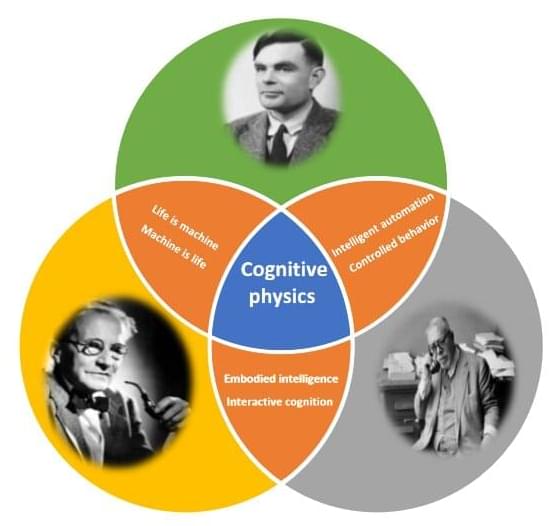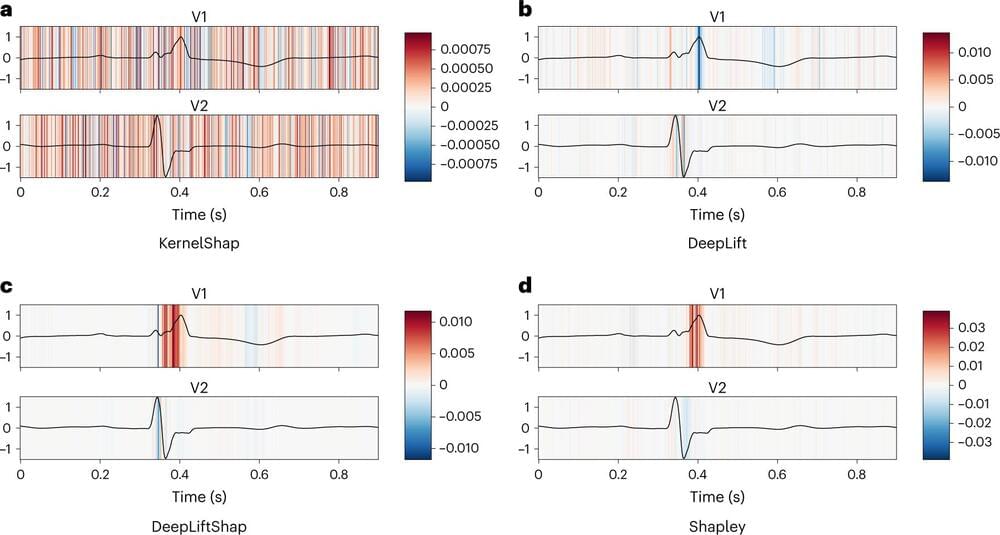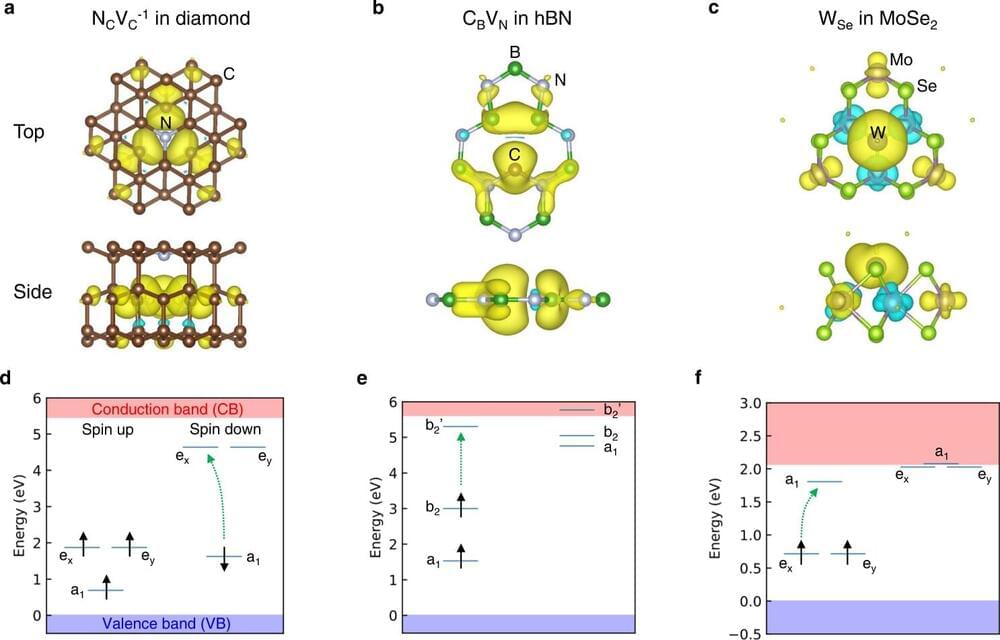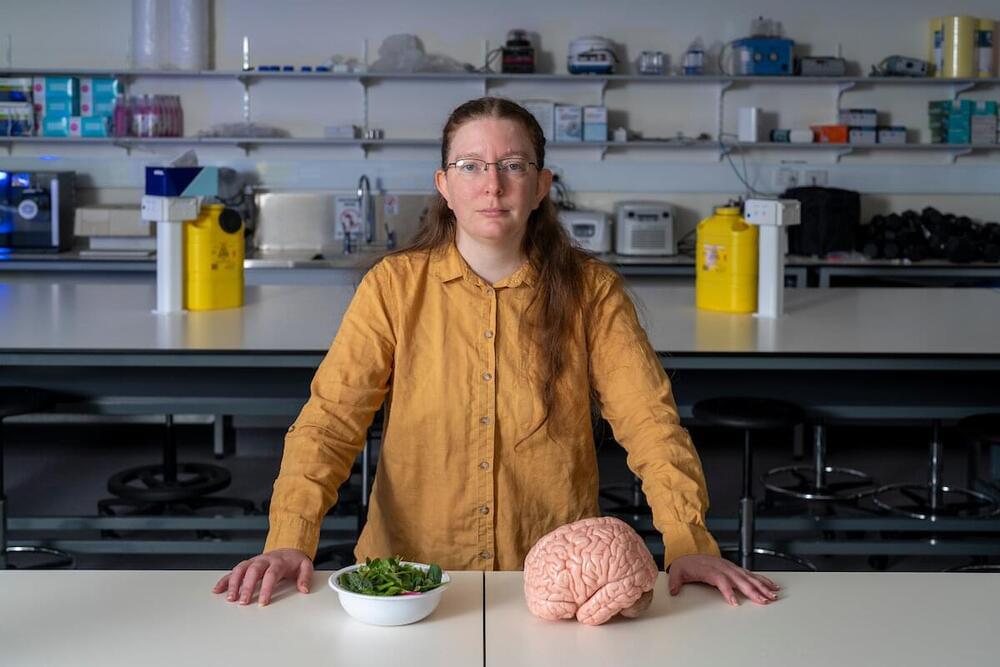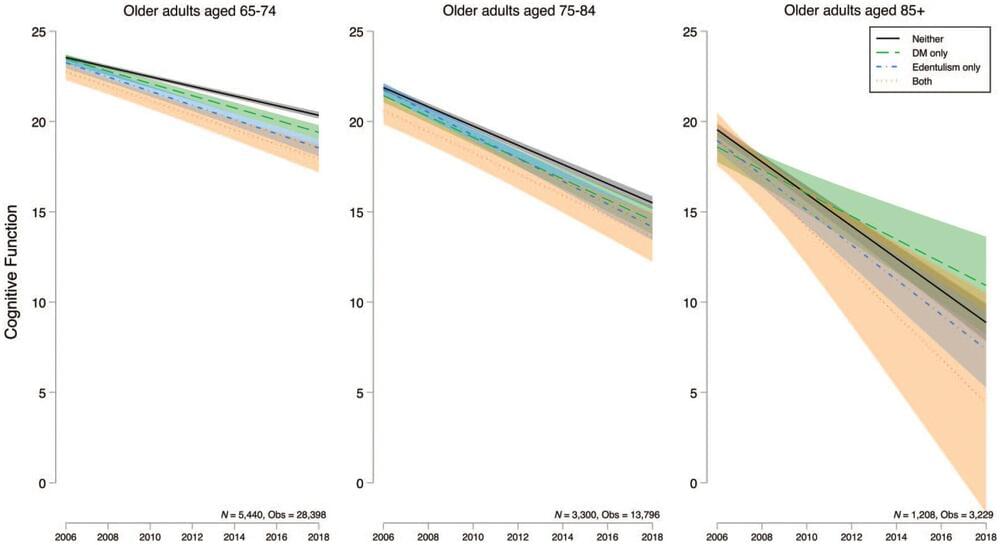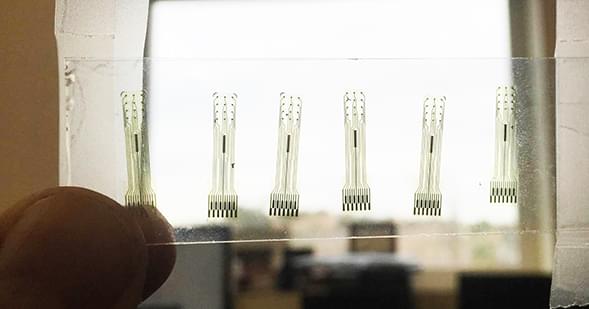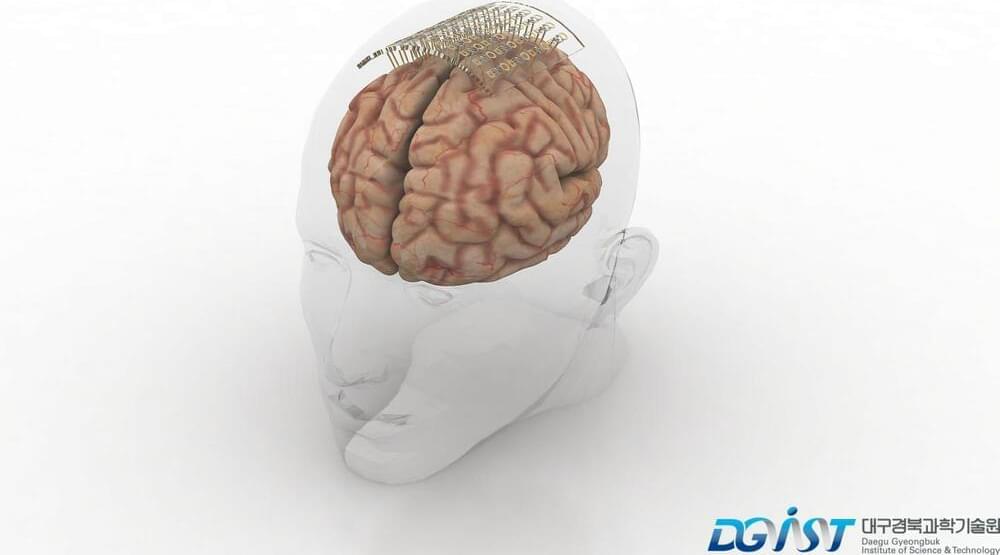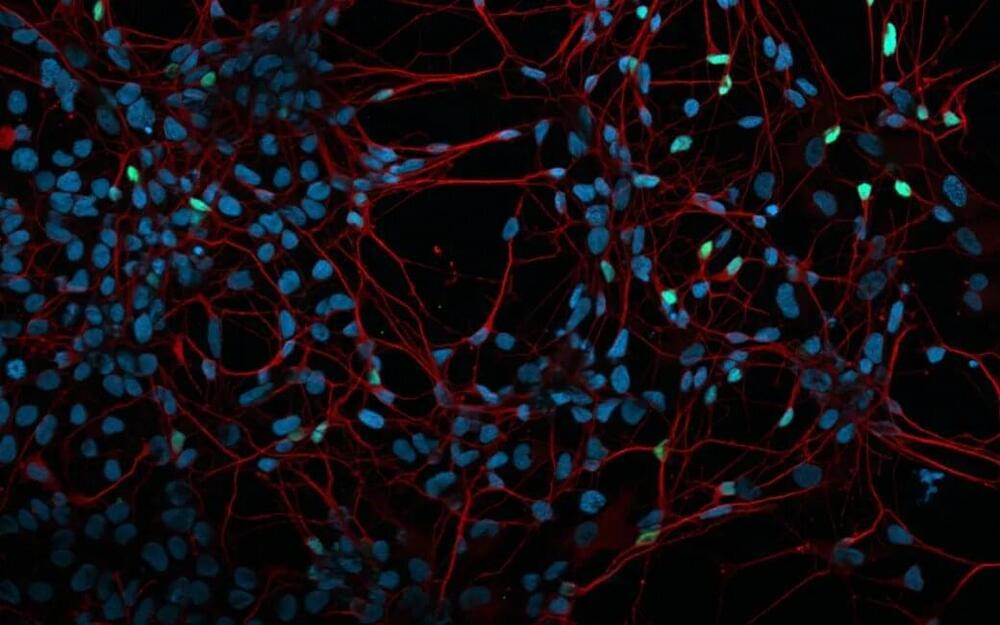Mar 25, 2023
Machine intelligence and humanity benefit from ‘spiral’ of mutual learning, says proponent of ‘cognitive physics’
Posted by Dan Breeden in categories: quantum physics, robotics/AI
Deyi Li from the Chinese Association for Artificial Intelligence believes that humans and machines have a mutually beneficial relationship.
His paper on machine intelligence, which was published in Intelligent Computing, builds on five groundbreaking works by Schrödinger, the father of quantum mechanics, Turing, the father of artificial intelligence, and Wiener, the father of cybernetics.
Inspired by Schrödinger’s book “What is Life? The Physical Aspect of the Living Cell,” Li believes that machines can be considered living things. That is, like humans, they decrease the amount of entropy or disorder in their environment through their interactions with the world.
